
The Long Road Home Ep. 1&2: Come Together
The Long Road Home is intense, violent, and sad?sometimes all at once.?

The Long Road Home is intense, violent, and sad?sometimes all at once.?
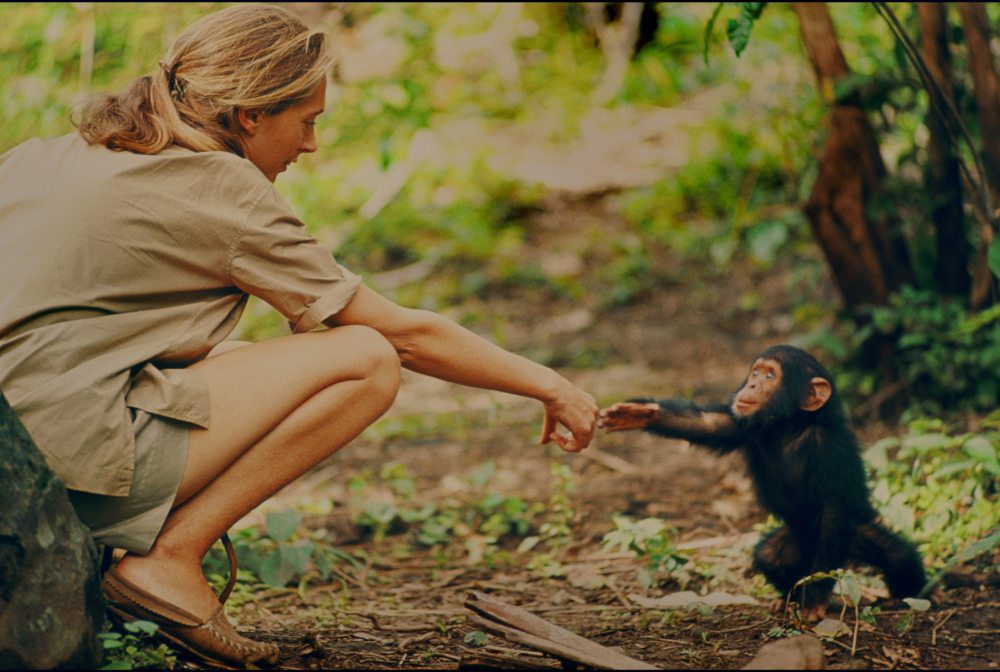
Over one hundred hours of unseen footage of Jane Goodall?s research in the Gombe have been transformed into an impressive documentary.
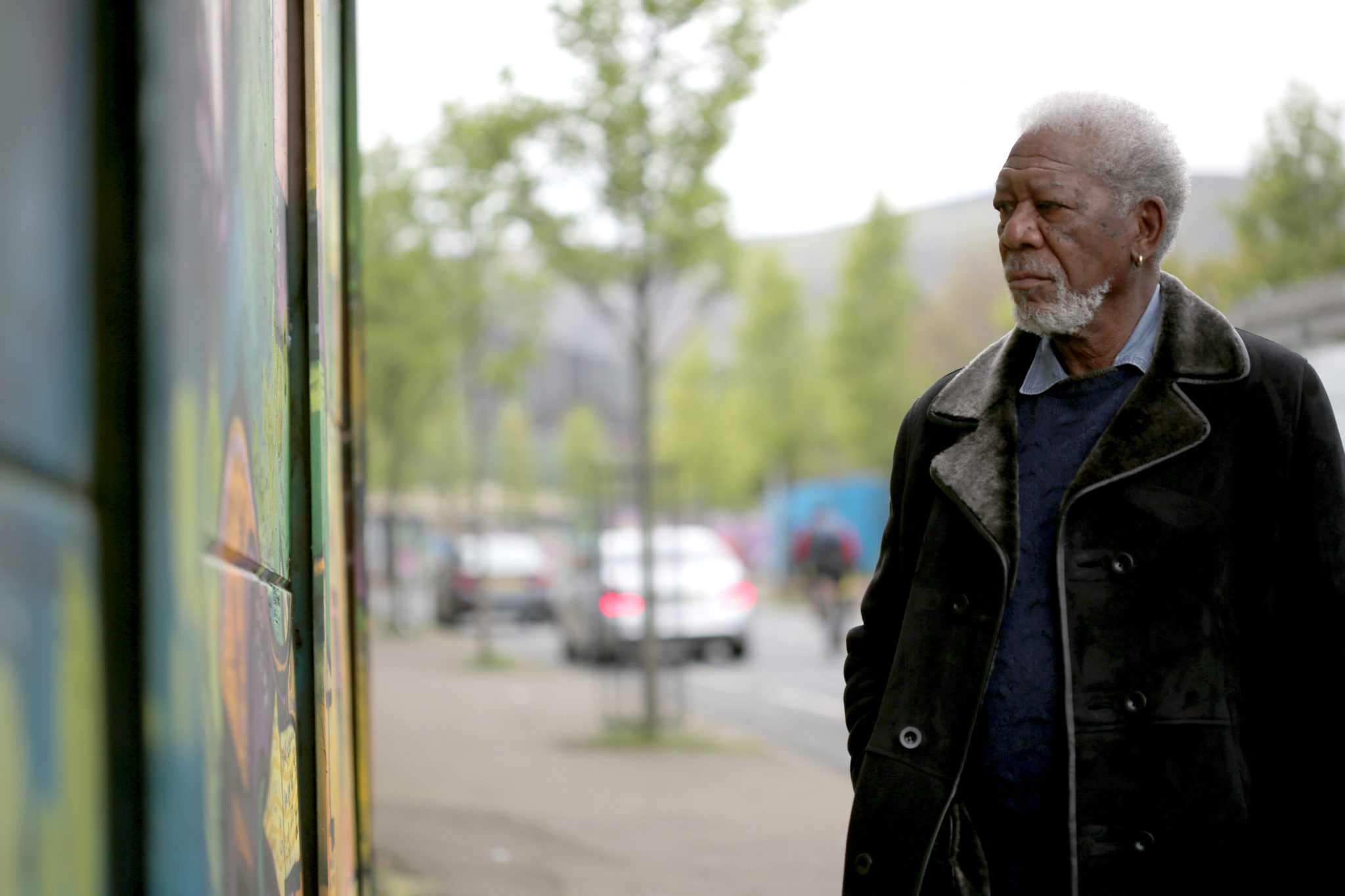
Nobody wants to deal with war and its effects.

Maybe CAR-T therapy will be the breakthrough scientists need to eliminate cancer once and for all.

In Breakthrough, each episode is created by a specific director and tackles a unique aspect of how science can help society in general.
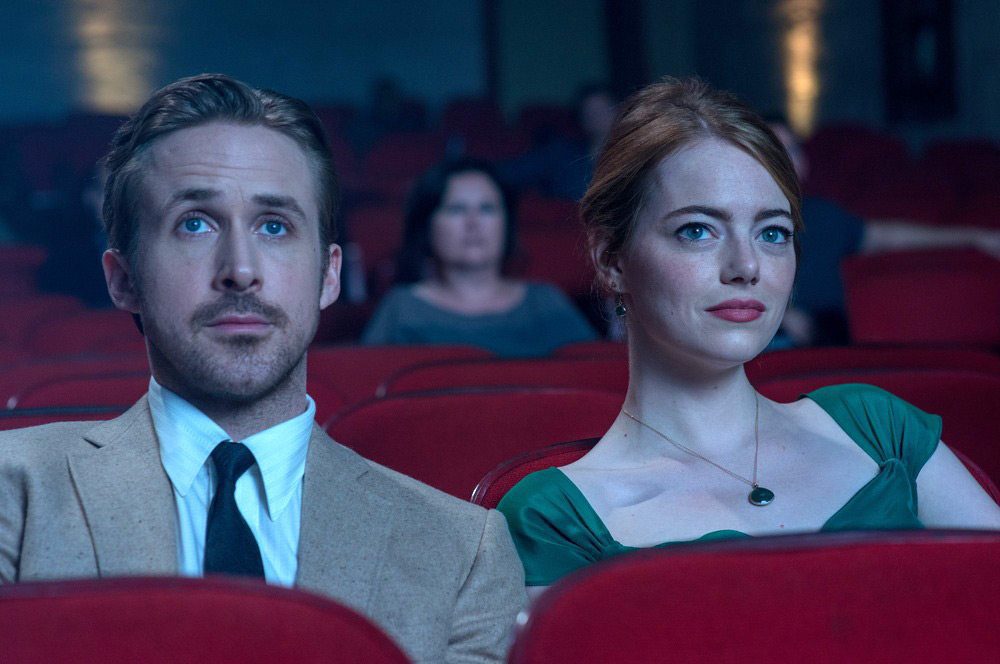
a while back (on another site), i wrote about how art begets art?- in that case how love for the game?Bloodborne led to a renewed dip into Lovecraft several whiles back (on a currently dead?blog), i wrote about how faves lead to proselytizing – how when we love something (in that case,?Bloodborne’s? forebear,?Dark Souls), we…
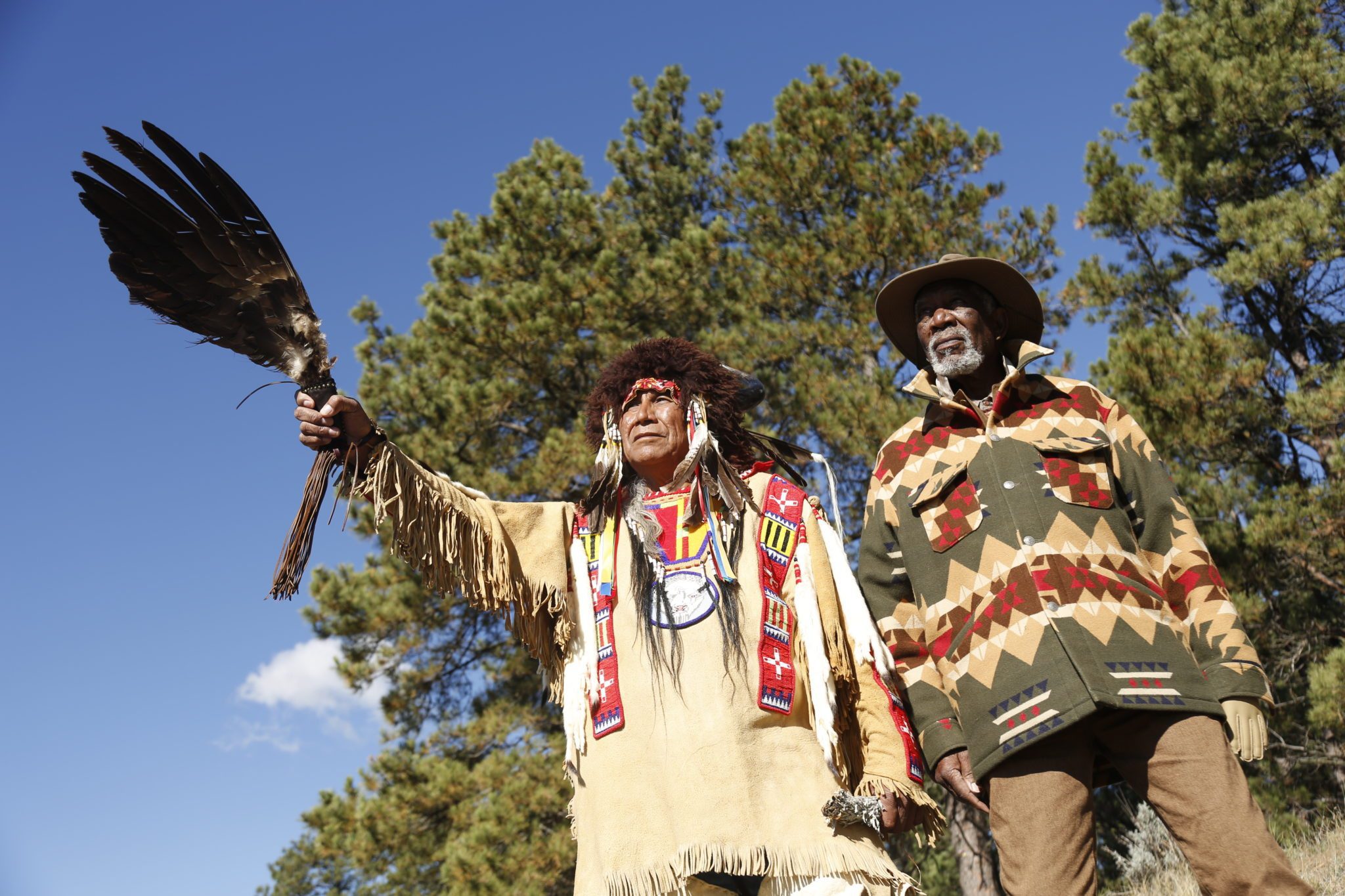
What does it mean to be chosen? The second season of The Story of God With Morgan Freeman attempts to answer that question in a fascinating manner.
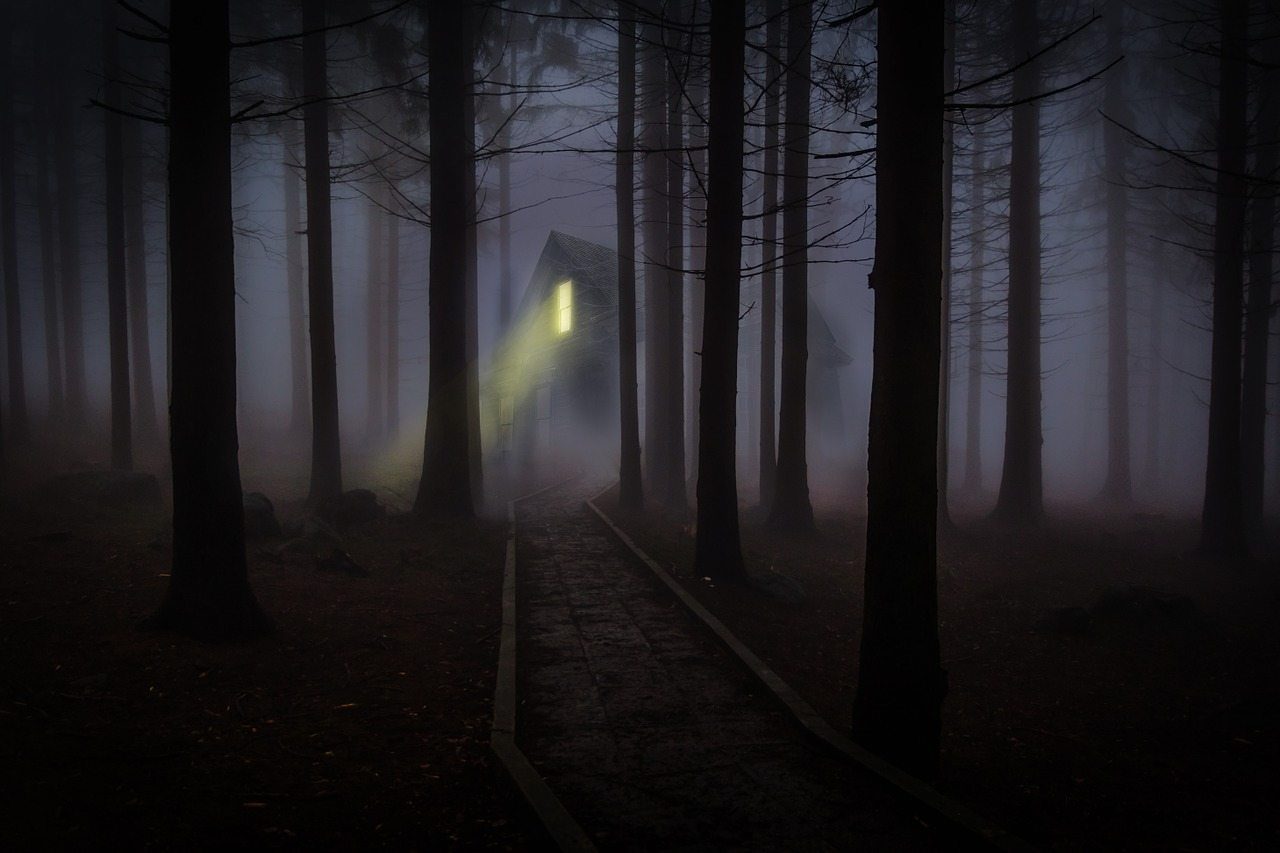
?I have the desire to do what is good, but I cannot carry it out. For I do not do the good I want to do, but the evil I do not want to do?this I keep on doing,? the Apostle Paul says. So where does evil come from?

The third episode focuses on the question “Who is God?” There are some interesting things to consider, but the discussion could’ve gone farther.

Since a large chunk of the population has donated a portion of their disposable income to a movie theater in order to see Star Wars: The Force Awakens, it’s time to talk about it.